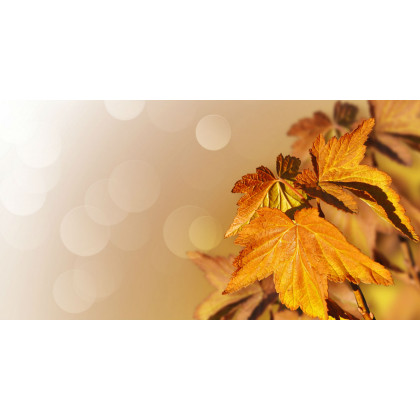The term "equinox" comes from the Latin aequinoctium, which binds aeequs (equal) to nox (night), and refers to the moment when the duration of the day is equal to that of the night. The autumnal equinox, also called Mabon (Celtic) is the time when days and nights have the same duration, a moment of balance between day and night.
We then move back clocks and watches an hour to resume the normal time and gain more light during the day. It is also at the end of October that the transition to winter time is made.
As the seasons vary according to the polar circles, the autumnal equinox in the northern hemisphere corresponds to the spring equinox in the southern hemisphere. This is the time when many agricultural products are harvested and the pagan holidays are thanks for these harvests. Formerly, the work in the fields and orchards was exhausting, so this holiday was an opportunity for a welcome break.
The pre-winter period, which has been called the autumn word since the 13th century, is rather paradoxical. It first shows a beautiful and shimmering nature, rich in spicy scents and fruits, then it changes mood, leaves the leaves of trees to die and presents days of fog, rain and cold winds that predict winter.
In autumn, the earth gives up the soul and no longer gives life. Season of transition and margin, the autumn is marked by the passage between summer and winter, the heat and the cold, the life outside and that inside. Considered a late season, this is a period of preparation for climate change. Indeed, we observe various signs of nature that indicate that summer is over or that winter has arrived.
As in the spring, the autumnal equinox gives rise to rituals related to this seasonal symbol. It is a question of celebrating the harvests of the summer that is coming to an end and to prepare for the coldness of winter. Kind of harvest festival, the divinities around it are usually similar to those of spring. Among them, we find Epona or the Morgan Fairy, Celtic divinities.
The goddess is adorned with the attributes of winter, which make her old and close to death. Wine making and graves decoration are usually in the spotlight during these celebrations.
 | SAME DAY DELIVERY AVAILABLE FOR ORDERS PLACED BEFORE 14H
| SAME DAY DELIVERY AVAILABLE FOR ORDERS PLACED BEFORE 14H

Leave Your Comment